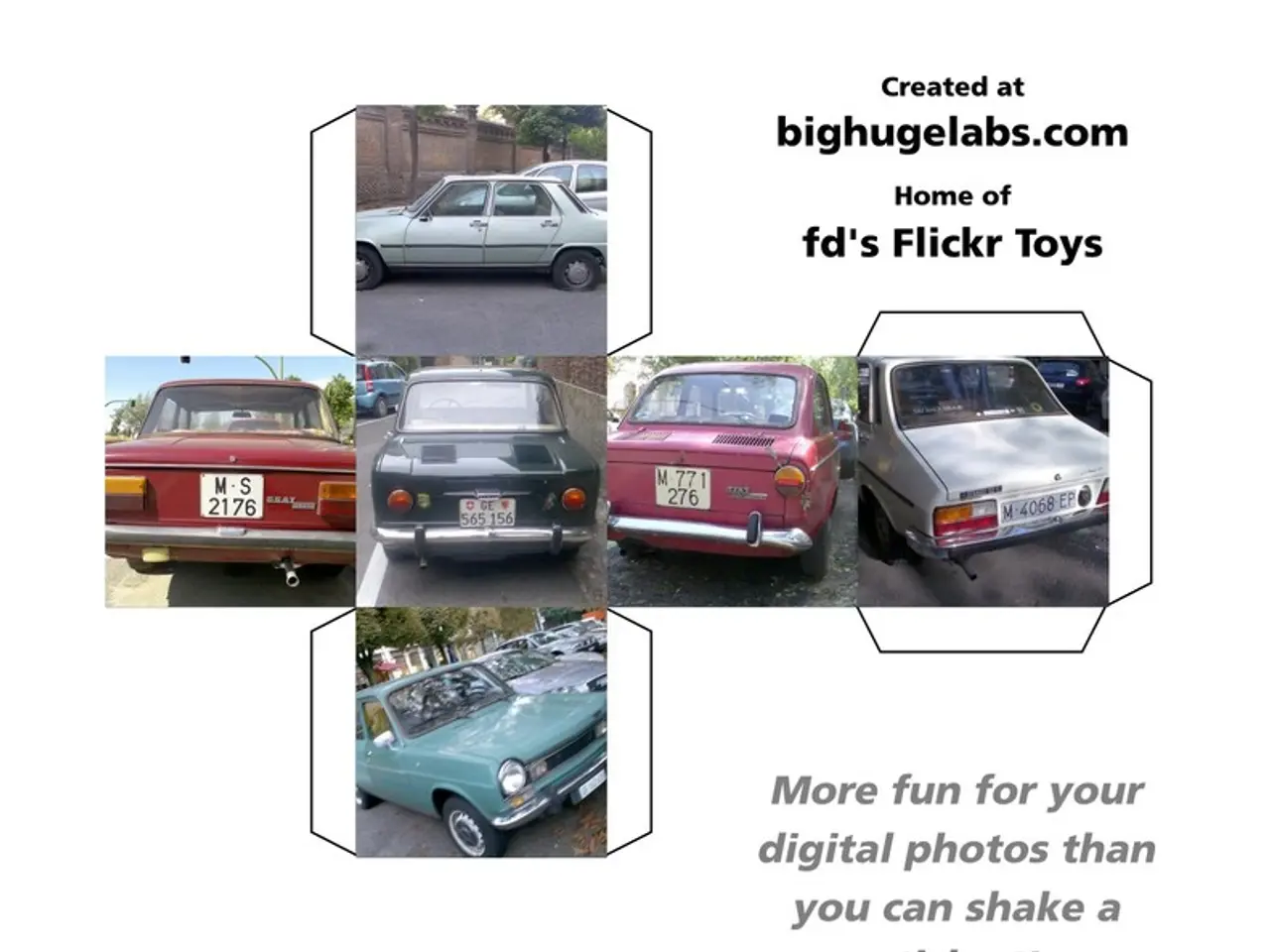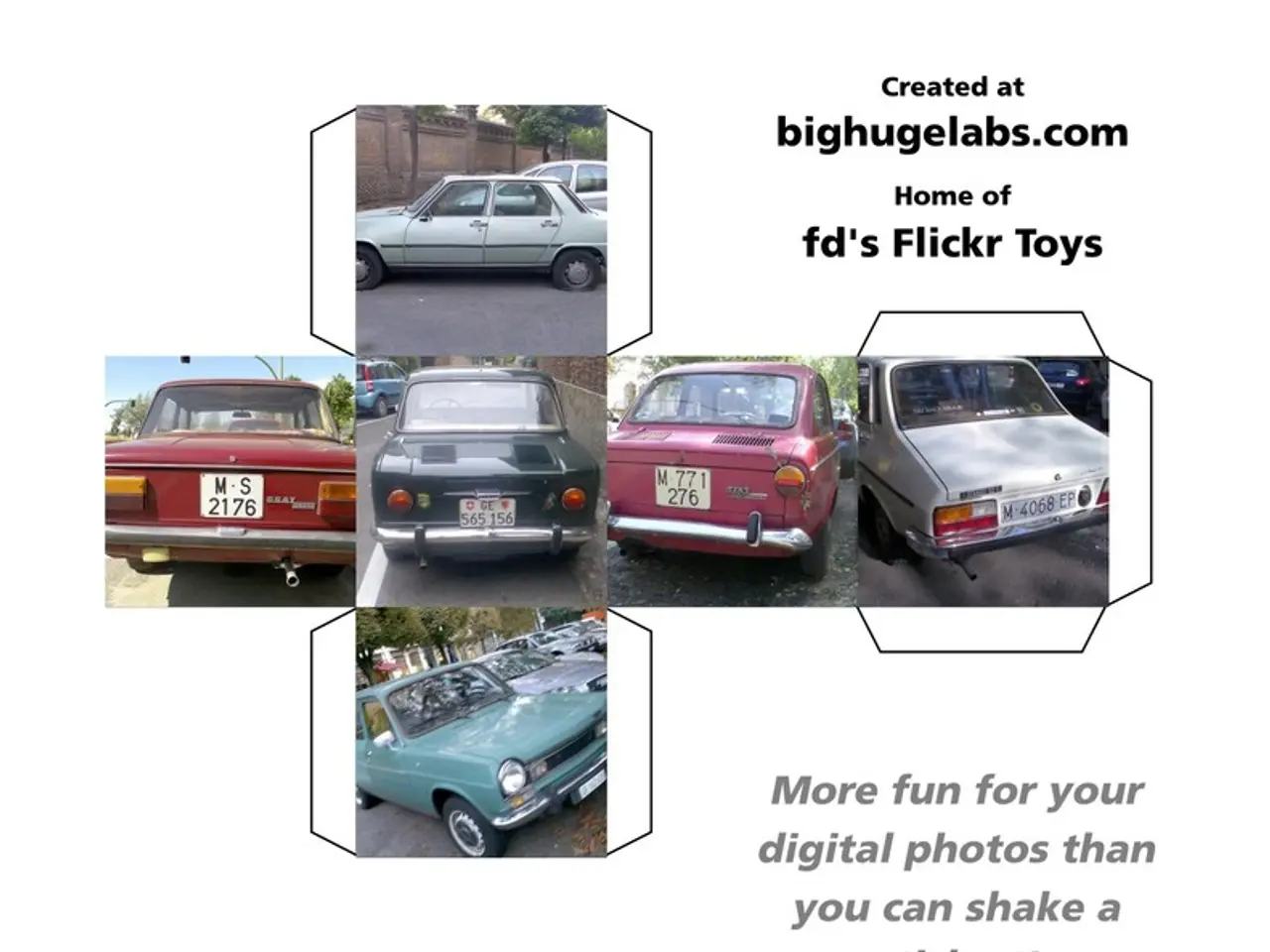Building a Transportation App in 2025: Comprehensive Guide
In the rapidly evolving digital landscape of 2025, the transportation sector is witnessing a significant shift towards mobile applications. Here's a guide on developing a transportation app that offers real-time updates, automation, user-friendly interfaces, and scalability.
### Major Steps to Develop the App
1. **Market Research and Define Your Unique Value** A thorough analysis of market gaps and user pain points is essential to design a solution that stands out in the competitive transportation sector. Addressing local-specific needs can differentiate your app from global giants like Uber.
2. **Outline Core Features and User Roles** Essential features include user registration and profiles, real-time geolocation and tracking, ride booking and scheduling, fare calculation and multi-payment options, reviews and ratings, and backend admin management. Consider three primary user roles: rider, driver, and admin.
3. **Choose the Right Technology Stack** A combination of native apps (Swift for iOS, Kotlin for Android) or cross-platform frameworks like Flutter or React Native, robust backend (Node.js, Laravel, Ruby on Rails, or Python), and scalable databases (PostgreSQL, MySQL, or MongoDB) are key considerations. Integrate third-party APIs for navigation, payments, and notifications.
4. **UI/UX Design** Intuitive, user-friendly interfaces with clear navigation, real-time updates, and booking clarity are crucial. Wireframes and prototypes should cater to all user roles and prioritize reducing user effort.
5. **Develop and Test MVP** Agile development cycles can help deliver core features quickly, followed by rigorous testing to ensure reliability.
6. **Implement Automation and Scalability Features** Incorporate AI-powered routing for dynamic dispatching, real-time traffic analytics, and automation to optimize ride matching. Use microservices architecture to scale backend efficiently.
7. **Launch and Continuous Improvement** Post-launch support, monitoring, and iterative updates based on user feedback are crucial for retaining users and scaling the app.
### Cost Implications
Developing a taxi app with real-time updates and automation in 2025 typically ranges from $50,000 to $150,000+, highly dependent on the feature complexity, platform choice, and the development team’s location and expertise. Key cost drivers include real-time GPS and tracking implementation, AI and automation features, cross-platform or native app development, robust backend infrastructure, UI/UX design, and testing cycles. Partnering with experienced development service providers ensures better quality and reduces long-term maintenance costs.
### Reasons to Build a Transportation App in 2025
- **Growing Market Demand:** On-demand transport services continue to expand globally, offering significant revenue opportunities. - **User Convenience:** Apps streamline ride booking with real-time updates, enhancing user satisfaction and loyalty. - **Automation for Efficiency:** AI and automation reduce operational costs, improve dispatch accuracy, and enable dynamic pricing models. - **Scalability for Future Growth:** A scalable app architecture allows seamless addition of new features and expansion into new markets. - **Competitive Edge:** Tailoring your app to local market needs or underserved niches can help differentiate your business from dominant players like Uber.
In summary, building a transportation app in 2025 involves thorough market research, prioritizing MVP features with real-time and automated capabilities, choosing a scalable tech stack, strong UI/UX design, and partnering with experienced developers. Costs vary widely depending on scope but investing upfront can yield high returns in a growing market. The app can provide enhanced user convenience, operational efficiency, and a competitive niche advantage.
- Software development for a transportation app in 2025 should prioritize coding core features such as user registration, real-time tracking, ride booking, and automation, using a combination of technologies that include native apps for iOS and Android, a robust backend, scalable databases, and third-party APIs.
- To ensure success, technology choices in the development of a transportation app should consider market research, identifying unique value propositions, and user-centered design principles, particularly in catering to local market needs and underserved niches.
- Development of a transportation app in 2025 involves an investment in software development, with costs ranging from $50,000 to $150,000+, depending on factors such as feature complexity, platform selection, and the location and expertise of the development team.
- In the rapidly evolving technology landscape of 2025, developing a transportation app presents opportunities for growth in data-and-cloud-computing, finance, and other industries by offering real-time updates, automation, and scalability, ultimately enhancing user convenience and operational efficiency.




